|
Covered bridges were built on narrow dirt roads as safe passages across scenic winding streams in the 1800s. They remind us of a simpler time when horse and buggy were the mode of transportation between small rural towns. Today, these charming iconic landmarks are located in picturesque settings virtually untouched by the years. They are both appealing and a reminder of their significance as part of our heritage.
Sadly, only a fraction of these wooden bridges remain since maintaining these old beauties takes a concentrated effort. We once had over 10,000 covered bridges scattered throughout the United States, but now only around 750 have survived. Parke County, Indiana, is one such gem of a location, the self-proclaimed "Covered Bridge Capital of America," with 31 covered bridges. They are #1 for having more covered bridges than any other county in the United States.
When you compare Parke County's 31 covered bridges to the top six states covered bridge count: Pennsylvania (211), Ohio (144), Vermont (104), Indiana (98), New Hampshire (60), and Oregon (49), that's a lot of covered bridges in one centralized location!
Parke County once had 58 known covered bridges, of which only 31 remain. Twenty-one of these bridges can still be driven through. While the other ten have been retired and are only open to pedestrian traffic. All the Parke County Covered Bridges are listed on the National Register of Historic Places as the “Parke County Covered Bridge Historic District,” except for Bridgeton Bridge, which was rebuilt in 2006 after the historic bridge was lost to arson. What is a covered bridge?
Not every bridge with a roof is a true covered bridge. A covered bridge must have a wooden truss framework to distribute the weight of the load-bearing deck. The truss’s design complexity determines how long the bridge can span and how complex it is to build. Then the truss system has to be covered to make it an actual covered bridge.
Why were bridges covered?
Back when bridges were constructed of wood, not only did the cover strengthen the structure, but it protected the wood from the elements, which would cause it to weather faster and rot. An uncovered wooden bridge might only last 15 to 20 years but adding the cover significantly increased the bridge’s lifespan. These bridges are over 100 years old!
Why are the Parke County covered bridges inscribed with “Cross This Bridge At A Walk"?
Today, this is more historical than anything else, although many Amish families who live in the Parke County area still travel by horse and buggy, so it’s a good reminder for them.
|
|
Driving around Parke County, you will see historical markers identifying the Ten O'Clock Line. This boundary line runs beside Big Raccoon Creek. You can find one of the markers near the town of Bridgeton. The town sits about as close to the Ten O'Clock line as possible. The sign is on the far side of the bridge. |
Legend says the Native Americans did not trust the surveyors' equipment and threw a spear at ten o'clock. The shadow from the spear became the treaty line, making land south of the Ten O'Clock line open for settlement.
Parke County's Two Master Bridge Builders
J. J. Daniels (1826–1916) Joseph John Daniels was born in Marietta, Ohio and was the son of a bridge builder. While having no formal education, he was highly educated at home by his parents and said to have read both Latin and Greek.
His father, Stephen Daniels, was an agent working under Stephen Long. Long is said to be the first engineer to apply mathematical theory to the practice of bridge design and he spent many years surveying and building the B&O Railroad.
Stephen Daniels built long-truss bridges in southern Ohio in the 1830s and 1840s, many of which were railroad bridges. Joseph helped his father in the 1840s, learning the bridge-building business from him.
In 1853, he moved to Indiana, where he worked as a construction engineer for the Evansville & Crawfordsville Railroad. That first year, he built a 600-foot long, 4-span Burr Arch bridge deemed "The Best in the West."
After eight years with the railroad, Daniels moved to Parke County. His first Parke County covered bridge was Jackson Bridge in 1861. It is considered the most masterful covered bridge of his 43-year career in covered bridge construction. Not surprising since it was the bridge that opened the doors for all future covered bridge contracts in Parke County.
While he preferred to build with the Burr Arch Truss, he occasionally used the Howe Truss. His arches were perfectly symmetrical curves, with the span’s length determining the arch’s height.
Daniels liked to experiment with new and innovative ideas. He used metal brace holders or “shoes” to place braces which required less carpentry work. He also set an iron plate between the masonry abutment and the wooden arch to increase the arch’s life by preventing the wood from absorbing moisture from the stone.
J. J. Daniels was responsible for building twenty covered bridges in Parke County and nine in other Indiana counties. He may have built as many as 60 bridges in his lifetime, but only 53 can be substantiated. Today, eight of Daniels covered bridges still stand in Parke County ( 5, 6, 10, 21, 24, 26, 28 & 39), and seven others are scattered throughout the state.
Daniels was 78 years old in 1904 when he built his final bridge, Neet Covered Bridge. He lived to be 90 years old.
Joseph Albert Britton's father taught him carpentry, and he was a well-known Parke County carpenter long before he considered going into the bridge-building business.
A Civil War veteran, he enlisted with the local infantry in 1862 and was quickly sent off to Kentucky with little training and no uniforms. In his unit's first skirmish, they were captured and became prisoners of war.
After the war, Britton turned his attention to reading law books and was admitted to the Indiana and Kansas state bars. However, he quickly discovered that the life of a barrister wasn’t for him. By 1870, he had returned to Rockville to resume building houses.
J.A. Britton was already 50 years old when he started working on bridge-building projects. While no documentation has ever been found that Britton and Daniels were even friends, it is known they competed for many of the same jobs. There is speculation that Britton may have worked for Daniels while learning the business since there are many similarities in their bridge construction, the most prominent being a wood preference, timber sizes, panel construction, and their usage of the Burr Arch Truss.
Britton was awarded his first covered bridge contract for Narrows Covered Bridge in 1882. With a career that lasted thirty-three years, he and his sons are credited with having built around 40 bridges in three counties. Twelve of Britton's Parke County covered bridges are still standing (1, 11, 14, 16, 19, 20, 22, 23, 25, 29, 36, & 37), and four in neighboring Putnam County.
Britton was primarily known for building short one-span bridges, with only two double-span bridges attributed to him. All of his bridges were Burr Arch Truss bridges except for two that were King Post Truss. Phillips Bridge is his last standing King Post Truss.
He had 12 children, eight of them boys. His sons, Edgar, Lawrence, Charlton, and Eugene, worked with him on many of his bridges. In 1915, his son Eugene was credited with building the Bowsher Ford Bridge.
Britton lived to be 91.
When should you visit?
Since 1957, the county has held a countywide Covered Bridge Festival. It begins on the second Friday in October and runs for ten days through the height of the fall foliage. The festival is scattered throughout the county with vendors and food in ten locations around Parke County: Rockville, Bellemore, Billie Creek Village, Bridgeton, Bloomingdale, Mansfield, Montezuma, Mecca, Rosedale, and Tangier. Over the years, this festival has grown to be the largest festival in Indiana and the largest covered bridge festival in the nation. It's so popular that the population of Parke County triples in size for those ten days!
I visited Parke County on two different occasions. The first time was in summer on a long 4th of July weekend. It took every bit of my three-day weekend to see all the bridges. Except for the two bridges near the Turkey Run State Park (#36 & #37) and the West Union Bridge (#26), which are popular tubing and kayak spots, I had them almost entirely to myself. On that visit, I could walk the bridges without worrying about traffic and climbed down to the creeks to photograph them when possible.
My second visit was on the last weekend of the festival. It was just a two-day trip, so I had to be more selective and did not get to revisit them all. I was there for the bridges, not the festival, so I attempted to avoid the towns when possible since the crowds and traffic were concentrated there.
As expected, there were more visitors to the bridges than on my first trip making it more challenging to play in the road for photos and walk them again. But, surprisingly, they were not nearly as busy as I expected them to be. If I could have visited mid-week, that probably have been the perfect balance since it would have reduced the traffic and allowed me to hit the peak time for the fall foliage. It was a little past peak in some areas when I was there.
The fall foliage on the drives out to the bridges was spectacular! It may have even topped the autumn I spent in Vermont. Considering autumn in Vermont is on many people’s bucket lists, that's a pretty big statement. My husband and I both commented that while driving the Parke County back roads.
Where should you stay?
For last-minute lodging, look at Terre Haute, Crawfordsville, and as far out as Indianapolis, Indiana. My personal favorite is Paris, Illinois. Being in a different state and time zone, most people do not realize Paris is practically the same distance to Parke County as Terre Haute.
I stayed at the Paris Hampton Inn during my summer trip, and it was fabulous! I considered staying in Terre Haute for my autumn trip but then discovered the Indiana hotels rates were inflated by as much as $100+ a night while Illinois was not. So, I also ended up back at the Paris Hampton Inn for the October trip. Paris has a few other motels to choose from too.
Planning Your Trip
I have provided the GPS coordinates for each bridge and use the Parke County bridge numbering system to make this article easier to refer back to.
Do not plan to use your phone for your GPS. My Verizon cell phone GPS only worked while I was in town. Otherwise, it was spotty in some areas and completely nonexistent in others.
One last FYI, if you stick to the Parke County planned tour routes, you will not see all the covered bridges. There are thirteen covered bridges not included on the covered bridge route tours: 1, 4, 7, 14, 16, 19, 20, 25, 30, 31, 32, 38, 39.
Parke County Visitor Center
401 E Ohio St, Rockville
This beautiful depot, constructed in 1883, and known as the Vandalia Railroad Depot, actually predates the Vandalia Railroad Company’s 1905 merger that combined several lines in Indiana and Illinois.
The depot had two ticket windows and separate waiting rooms for men and women. The rail service was discontinued in the 1960s, and Parke County Incorporated bought the building in 1971.
The visitor center is the starting point for all five Parke County Covered Bridge routes. It is also the trailhead for the Rails-to-Trails hiking trail on the old railroad right-of-way.
Parke County's 31 Covered Bridges
#1 State Sanatorium Covered Bridge
Country Road 100 N
N 39.780852 W 087.146223
It was constructed by J.A. Britton in 1913 and was originally located one mile downstream on the Indiana State Tuberculosis Hospital grounds, AKA the Sanatorium. The bridge no longer sits on private property, it was relocated to this site in 2008 and rehabilitated.
Two other covered bridges have been in this location. The Adams Bridge was destroyed by a flood in 1969 when it washed downstream under the Sanatorium Bridge, and the Jessup Bridge moved here in 1970. The Jessup Bridge was blown off its abutments during high winds in 1989. It was carried downstream by flood waters under the Sanatorium Bridge and over the US-36 Bridge.
The Sanatorium, which opened in 1910, used coal to heat its buildings and run the power plant. The hospital had the covered bridge built to create a direct route for hauling coal from the mine in Nyesville, just a few miles away. However, before the bridge’s construction, they needed to backtrack to Rockville and cross the creek at Plank Road Bridge, adding many miles to the trip.
A note about the Sanatorium...
I was unaware of this when I visited Parke County, but The Sanatorium is now available for tours, ghost hunts, and overnight stays. Check out the Sanatorium Project website for more information.
#4 Portland Mills Covered Bridge
Country Road 650 N
N 39.860674 W 087.089213
It is one of the two oldest covered bridge in Parke County. The other bridge is Crooks Bridge (#12), which Henry Wolfe also built that same year.
In 1960, plans to expand the Mansfield Reservoir, known today as Raccoon Lake or Cecil M. Harden Lake, for better flood control in the Big Raccoon Creek Valley meant the town of Portland Mills would soon be underwater. The bridge was slated for demolition. This was unthinkable, making it imperative that one of Parke County's oldest historic covered bridges, used for preinduction troop training during the Civil War, be moved.
It was decided that the bridge would replace Dooley Station Bridge on Little Raccoon Creek since it had been destroyed by arson that year. No simple feat, new abutments were poured for the 57-foot longer Portland Mills Bridge. The bridge was moved eighteen miles and reopened in 1961.
Unfortunately, the bridge fell into disrepair because of its secluded location and lack of maintenance. One portal collapsed, and the bridge was closed to traffic in 1982. A bypass ford through the stream was used after that. It is still there for easy water access today.
Finally, after surviving an arson attempt, Portland Mills Bridge underwent a major $353,000 rehabilitation before reopening in 1996. The truss members remain intact, and some of the original siding was reused for the portals. The remaining yellow poplar siding has been replaced with pine, and the bridge has new cedar shingles. In addition, all of the floor beams, stringers, and decking were replaced with contemporary materials giving the bridge a load-bearing capacity of 13 tons.
Mansfield
#5 Mansfield Covered Bridge & Mansfield Roller Mill
Mansfield Road AKA Mill Road
N 39.675645 W 087.103997
Jacob Rohm, a veteran miller, purchased the mill in 1875 after a flood destroyed the dam. He immediately began updating the equipment. In 1880, Rohm tore down much of the old mill and constructed a new turbine mill on the old mill’s foundation.
By 1886, the mill was converted to a roller mill. The roller equipment was automated and only needed three men to run the mill. They began grinding wheat into white flour, which was more desirable since it lasted longer.
The Mansfield Roller Mill continued to operate until 1929, producing Victory Flour and shipping it as far away as Cincinnati, Ohio. They also made bran that was sent as far as upstate New York.
The mill was donated to the State of Indiana in 1995 and is open for tours in the summer and during the Covered Bridge Festival.
The bridge is located on what was once the historic Indian Trail that connected Orchard Town, now Terre Haute, to Cornstalk, an Indian village in the Sugar Creek Township. It became part of Indiana State Road 59 in 1926, and the bridge was used heavily until IN-59 was rerouted around the edge of Mansfield instead of through it.
There’s a story about the Mansfield Bridge from its State Route 59 days that defines J.J. Daniels’s skill as a bridge builder. Three loaded oil trucks approached the bridge. When the first truck stalled just before exiting the bridge, all three trucks simultaneously ended up on the bridge. Surprisingly, their combined weight did no structural damage to the bridge.
Today, the village of Mansfield has less than twenty permanent residents. One of the most popular spots during the Covered Bridge Festival, the bridge is closed to automobile traffic during the Festival.
#6 Big Rocky Fork Covered Bridge
Country Road 720
N 39.662812 W 087.083064
The area around the bridge is said to have been a favorite hideout of John Dillinger, the infamous leader of the Dillinger Gang, who was accused of robbing 24 banks and four police stations. He was born in Indianapolis.
#7 Conley's Ford Covered Bridge
Country Road 550 E
N 39.659621 W 087.134197
|
J.L. Van Fossen constructed this single-span Burr Arch truss bridge in 1907 out of white pine instead of using poplar like most other Parke County bridges. At 192 feet long, it is said to be the fourth longest single-span covered bridges in the world. J.L. Van Fossen and his brother, J.P. Van Fossen, worked closely with J.J. Daniels while working for the Parke County Road Department. |
Daniels was known to have worked as foreman on some of their bridges. While I never found any information saying Daniels worked on this bridge, I wouldn't be surprised if he had because of its extreme length.
Bridgeton
#8 Bridgeton Covered Bridge & Bridgeton Mill
8132 Bridgeton Road, Bridgeton
At some point, the buhrstone was added to grind corn into corn meal, and since flour wasn’t readily available, they eventually began grinding wheat for bread making too. That mill changed hands many times before it burned in 1869 and was rebuilt in 1870.
As with all early mills, it was a gathering place to catch up on the news and buy whiskey at the mill distillery. It was a rough and tumble place known for drinking and fighting, often referred to as "Sodom.”
Families began to settle around the mill, and a crude open bridge was built over the Big Raccoon Creek in 1849. After a post office was established, the women seeking to change the town’s reputation petitioned to rename it Bridgeton after the village's early bridge.
That first bridge had collapsed, dropping Owen Wimmer and his family, along with his wagon and team of horses, into the mill pond. Another open bridge was built to replace it, but it fell after J.H. Kerr drove his cattle across it. That open wooden bridge was most likely destroyed by the repetitive pounding of the cattle’s hoofs. A prime example of why the cover bridges are all inscribed with, "Cross this bridge at a walk."
Finally, J.J. Daniels was contracted to build a covered bridge in that spot over the mill pond. Sadly, shortly before the new covered bridge was finished in 1868, three men attempting to cross the rain-swollen creek just below the dam overturned their boat, and two drowned. That spot is still dangerous when the water is high.
The historic Bridgeton Bridge was bypassed in 1967. However, it was considered the most photographed bridge in Indiana and possibly the world before an arsonist burned it in 2005.
Dan Collom and the local community rebuilt the 245-foot long double-span double Burr Arch truss bridge in 2006. It is now the only covered bridge in Parke County that is not historical and is no longer listed on the National Register of Historic Places.
The third mill on the site, built in 1870, is the one you see today. They still grind corn meal and flour with the old-fashioned buhrstone.
Since 1869, the old Masonic Lodge, which predates the current mill, stands in town just across from the mill. It is the oldest building in Bridgeton, and one of the last Masonic Moon Lodges left in the country. The Lodge still maintains the tradition of holding meetings on the night of a full moon so lodge members can easily find their way home by the bright moon’s light. Unfortunately, the building’s 3rd story was removed in 1913.
#10 Neet Covered Bridge
Bridgeton Road
N 39.701723 W 087.200188
#11 McAllister Covered Bridge
Country Road 400 S
N 39.709425 W 087.196306
McAllister Bridge spans 126 feet in length across Little Raccoon Creek and is a single-span Burr Arch Truss bridge. It has several apparent repairs, which have been reinforced with steel. In addition, the abutments, which are wider than the ends of the bridge, are supported with reverse kingposts.
In the winter, when the trees are bare, it’s possible to see Neet, McAllister, and Crooks covered bridges simultaneously since they are so close together. With a drone, for a bird’s eye view, you would also be able to see Nevins.
#12 Crooks Covered Bridge
Wimmer Road
N39.723833 W087.189462
Crooks Bridge was initially thought to be built in 1855-56, which would have made it slightly older than Portland Mills Bridge, but Crooks Bridge’s build date has since been changed to 1856.
Sometime after 1863, the bridge was moved to this location. Some say the bridge washed downstream to where it sits today, was jacked up, and the foundation rebuilt under it. While others claim the creek changed course, and the bridge was moved here since a bridge was needed. I have even read a claim that this is the only bridge still on its original foundation.
There are other claims that the bridge was rebuilt in either 1867 or 1872, possibly by General Arthur Patterson, one of Rockville's founders, or that he hired J.J. Daniels to reconstruct the bridge.
While trying to flesh out the facts, the Parke County Commissioner's records dating from 1850 discuss needing a bridge and, in 1855, ordering a bridge to be built on the old Rockville Greencastle Road. But, at the same time, an old topographic map shows an intermittent stream about in the location of an old creek bed where the bridge may have once sat, the channel filled with sand, and the creek “moved 20 rods west.” Since both of the above statements can be substantiated, it seems more likely that the histories of two or maybe even three bridges have somehow gotten intertwine. After 150+ years, I doubt anyone will ever know the true history of this covered bridge.
#13 Caitlin Covered Bridge
Parke County Golf Course
1640 US Hwy 41, Rockville
Clark McDaniel constructed this 54-foot-long single-span Burr Arch truss bridge in 1907. Initially located in the town of Catlin Station, it sat on the road to Crawfordsville, a significant route known as “Ben Hur Highway” that was named for General Lew Wallace, who was Crawfordsville’s most famous resident and author of the novel, “Ben Hur.” Even after US 41 bypassed the bridge, it continued to be used by heavy farming trucks. Until finally neglected and in severe disrepair, the bridge was condemned shortly after the Covered Bridge Festival began in 1957.
Funds were raised to move the bridge to the golf course, and Garrard Brothers Trucking completed the move. Once at the golf course, the bridge again sat neglected for several more years until golfers began lobbying for it to be demolished. Finally, a foundation was constructed, and the bridge was restored.
#14 Nevins Covered Bridge
Country Road 130 E
N 33.684514 W 087.212636
A single-span Burr Arch bridge, it is 155 feet long and spans Little Raccoon Creek. It has “Daniels Arched Portals” instead of the “Britton Portals” that J.A. Britton and his son Eugene Britton preferred.
#16 Thorpe Ford Covered Bridge
Catlin Road
N39.637367 W087.264600
The County Commissioner, J.M. May, is said to be responsible for getting this bridge built. There is a story about him that took place right after his election. When attempting to travel from Rosedale to Rockville, he wanted to take a faster route instead of traveling through Coxville. Unfortunately, the directions he was given were so convoluted that he was lost for hours and vowed to build a new bridge would make the trip more direct.
Thorpe Ford Bridge is named after an early ford across the Big Raccoon Creek and Sarah Thorpe, who owned 92 acres of land next to the bridge in 1920. Her son, Dan, still lived near the bridge in 1948, but according to early Parke County road maps, the ford’s location is thought to have moved at least a ¼ mile in the last 100 years.
Benjamin Wallace, a native of Peru, Indiana, who owned the second-largest circus in the country from 1892-1938, crossed the Thorpe Ford with his animals each year when headed home to Peru for the winter.
#18 Roseville Covered Bridge
Country Road 345 W
N 39.652376 W 087.293817
When Parke County began accepting bids for its replacement, they initially wanted a concrete bridge. But instead, J.P. Van Fossen was awarded the contract for a new covered bridge.
Eyewitnesses from the construction site in 1910 claimed that J.J. Daniels was the on-site foreman for the new bridge. If this is true, he would have been 84 years old when he built the second Roseville Covered Bridge. Unfortunately, nothing can be substantiated, and whether or not Daniels was involved in constructing this bridge remains a mystery. A photo taken when the bridge was almost completed shows a portal inscription giving J.P. Van Fossen credit as the contractor while J. Brooks is credited as the builder, but onsite witnesses say Brooks never worked on the bridge. A later photograph shows a different inscription giving J.J. Daniels credit, but today, J.J. Daniels name is no longer there, and credit is given to Van Fossen.
Since the new bridge was a different length, new abutments had to be constructed. By 1900, most covered bridges had poured concrete abutments, and the Van Fossen brothers were known to have used concrete abutments on all their other bridges. Interestingly, the new abutments were constructed out of stone, in typical J.J. Daniels construction fashion. There is even a photograph commemorating the first stone for the 1910 bridge being loaded on the back of a horse-drawn wagon.
Initially, the portal opening had the “Daniels Arch,” but the portal was changed to a "Britton Portal" at some point. This may have been adapted if the sign boards were too low and more clearance was needed.
In 1890, the town’s name changed from Roseville to Coxville, which is why Roseville Covered Bridge is also sometimes called Coxville Bridge. By the 1950s, only a few homes and the Coxville Tavern remained.
Tex's Longhorn Tavern, or the Coxville Tavern as it was known locally, was owned by Coxville native Edward Earl Terry. He's better known as the actor Tex Terry, who played the villain in many Western movies in the 1940 and 50s. After retiring from acting, he moved home and opened the tavern in a small log building with a stone fireplace that locals say resembled a Snuffy Smith Comic Strip scene. Terry was instrumental in developing Mansfield.
Another interesting character of Coxville was Doc Wheat. An herbalist that practiced near the bridge's west portal, he was well known for his distrust of banks. However, after his death, treasure hunters searching for Mason jars full of money dug up the yard around his house.
#19 Harry Evans Covered Bridge
Country Road 325 W
N 39.66211 W 087296643
The bridge is named after Harry Evans, who owned the land near the bridge when it was built, the property stayed in the Evans family until sometime in the 1960s.
#20 Zacke Cox Covered Bridge
Tick Ridge Road
N 39.695039 W087.288037
The Zacke Cox and Harry Evans Covered Bridges sit about 1.6 miles apart as the crow flies on the Rock Run Creek. There was another road between the two bridges at one time, but that road was never bridged and was finally abandoned. Also located between the two bridges is an ancient Indian grave, once marked with a snake-like fossil and hewn rock steps. The cliffside has since collapsed, covering the entrance to the grave.
During the Carboniferous Period, AKA Age of Coal, approximately 290 to 360 million years ago, Parke County was covered by a shallow sea. As a result, many exciting fossils of sharks and bony fish have been found in the area. The most notable finding happened in 1956 when the first ever twelve-foot-long Orodus Greggi shark fossil was discovered north of the bridge by Dr. Rainer Zangerl.
#21 Mecca Bridge & Mecca Schoolhouse
Mecca Road
N 39.729126 W 087.327280
In 1966, the Mecca Historical Society purchased the Wabash Township School Number 3, moving it to the west side of the Mecca Covered Bridge. Initially constructed in 1874, the one-room schoolhouse stood vacant for decades before finally being renovated in 2021. It is now being used for special events throughout the year. Check out the Mecca Historical Society’s Facebook Page for more information about events.
Around 1827 a group of Syrian Muslim immigrants known as “Bani Ismail” or Tribe of Ishmael settled on Big Raccoon Creek's white sand and clay banks about 4 miles away from Mecca. Their lineage would become some of the first American Muslims.
The Parke County area where they lived became known as Little Arabia. Located not far from the Philips Covered Bridge, all that remains of Little Arabia today are the ruins of the Arabia Church and a Cemetery at the top of the hill. Sadly, the Arabians, as they were called at the time, were forcibly removed from the area along with most of the Native American Indians.
What would eventually become the town of Mecca got its start in 1832 when a sawmill was built on Big Raccoon Creek by Alexander McCune and Samuel Lowery. The following year, they added a carding mill, and in 1834, machinery for fulling cloth. With the Wabash and Erie Canal nearby, the partners were also building flatboats and packing pork for shipment to New Orleans. Finally, in 1855, they added a flour mill. The town was named Maidstone at the time, and it was growing into a flourishing community that soon had a grain elevator, two hotels, two bakeries, a bank, a pool hall, a blacksmith shop, a hardware store, a newspaper, four churches, and the mines.
Each Spring, as soon as the roads were passable, the Arabians would travel into town to visit McCune’s Store to purchase supplies. McCune, known for his quick wit, is said to have remarked that “the Arabians were making their annual pilgrimage to Mecca.” It is thought that maybe the name just stuck, and in 1888, the town changed its name from Maidstone to Mecca Mills. By 1894, the name was shortened to just Mecca.
Between 1877 to 1879, a new road that would eventually become part of US-41 was constructed between Maidstone and Rockville making travel easier between Parke County’s two largest towns. The road crossed the Big Raccoon Creek at the covered bridge, and the town began to expand westward.
In 1895, William E. Dee, originally from Chicago, moved to Mecca and opened the Indiana Sewer Pipe Company and a couple of clay plants. His three companies alone employed nearly 300 people. He also opened and was President of the Bank of Mecca.
By 1900, the mills had closed, and the village of old Mecca began to decline, but the new section of town was expanding to the west of the covered bridge about a ½ mile away on Indiana Coal Road. The train station of the recently bankrupt Indiana Coal Railroad, a branch of the Chicago and Eastern Illinois Railroad which became part of B&O, was the first building in the new town.
When the Great Depression hit, the Bank of Mecca was the first business to close. Then the grain elevator, sawmill, and Dee’s factories shut down. Mecca ended up being Parke County's hardest-hit town, with over 200 Mecca families going on relief the same day. The closures completely decimated the town, with everyone moving away to find work.
#22 Phillips Covered Bridge
Arabia Road
N 39.77227 W 087.32244
When the bridge was built, the Phillips family owned all the property surrounding the bridge. But the area was often called “Little Arabia” since it was where a group of Syrian Muslim immigrants settled. The Arabia Church ruins and cemetery sit on the hill just south of the covered bridge.
#23 Sim Smith Covered Bridge
Country Road 40
N 39.773610 W 087.33344
J.A. Britton was awarded this contract with a bid of $3200, beating out J.J. Daniels by $300. This is only the third covered bridge that Britton built, and the burr arch is considered relatively primitive compared to Daniels’s perfectly curved ones. If you examine the arch, you can tell he was still learning bridge building since it has incomplete cut segments. Britton’s later bridges are said to have achieved an attention to detail and craftsmanship that exceeded J.J. Daniels’s quality.
While Britton built this bridge initially with his trademark “Britton Portal,” at some point over the years, the north portal has been modified to a “Daniels Arch” while the south portal is still correct.
Sim Smith Bridge is said to be one of the most haunted places in Indiana. According to local lore, in 1890, a young woman carrying her baby was walking home to Montezuma at dusk one night. As she approached the bridge, a horse and buggy exited, striking and killing the woman and infant.
The ghosts of the mother and child are said to haunt the bridge. Some people claim they have seen a woman carrying an infant in the shadows of the bridge, while others have said they heard the clopping of horse hooves, but never saw any horses. A couple of local fishermen claim they saw a horse and buggy enter the bridge, but it never came out the other side.
If you experience something paranormal when you visit the bridge, please let me know in the comments. I love a good ghost story!
#24 Melcher Covered Bridge
Strawberry Road
N 39.789101 W 087.335098
When I visited, Melcher Bridge was closed to all traffic.
This covered bridge has had many different names over the years and was most likely constructed for easier access between the Marion Brick Plant which closed in the 1920s, and the Klondyke Clay Mine, which mined the clay for the plant. For this reason, it was sometimes called the Marion Bridge and other times known as the Klondyke Bridge. In addition, some people referred to it as Leatherwood Bridge since it spanned Leatherwood Creek, but this was extremely confusing since both the Leatherwood Station and Leatherwood Ford bridges were nearby.
Today this covered bridge is known as the Melcher Bridge in honor of the Melcher Railroad Station. From 1846 to 1917 two lines of the Cincinnati, Hamilton, and Dayton Railway crossed just west of the bridge. That railroad was acquired by the B&O Railroad in 1917.
#26 West Union Covered Bridge
Tow Path Road
N 39.856153 W 087.335713
The first bridge, constructed in 1861, was the Star Mill Bridge. After a flood destroyed it in 1866, construction of the Harrison Bridge followed that same year. While the Harrison Bridge was damaged in the flood of 1875, it was thought to have still been standing when Daniels completed the West Union Bridge in 1876. These bridges were part of the “Indiana State Highway,” a stagecoach route running between Fort Wayne and Terre Haute, that the legislature established in 1827.
The West Union Bridge was longer than the previous two bridges, and new wider abutments had to be constructed. These abutments were damaged and repaired in 1913 and 1931. Also, in 1931, the bridge received a new poured concrete approach on its south side. While the south portal of the bridge still features the famous Daniels Arch, at some point, the north portal was squared off. West Union Bridge was finally bypassed in 1964.
The bridge spans Sugar Creek, a tributary of the Wabash River. As the closest covered bridge to the mouth of the Wabash, more water passes under this covered bridge than any of the other Parke County covered bridges making it a popular floating location when the water is calm.
Although there is little evidence left today, the Wabash and Erie Canal once ran just west of the bridge, and when the railroad arrived to the area, it crossed Sugar Creek to the east of the bridge.
#28 Jackson Covered Bridge
Bloomingdale Road
N 39.880089 W 087.284652
This was the first covered bridge that J.J. Daniels constructed in Parke County, and is widely considered the best covered bridge of Daniels’s entire covered bridge building career.
The south upstream abutment contains a cornerstone that reads, “Builder J.J. Daniels 1861”, ensuring that everyone knew and never forgot that he built this bridge. This is the only bridge he ever placed his name on.
J.J. Daniels may have just been showing off when he built this one, but that was a smart business move on his part, considering he was new to Parke County and unknown to the locals. This bridge opened the doors for all his future Parke County bridge contracts.
While Jackson Bridge is the name that stuck, the locals also referred to it by two other names. Rockport Bridge, after the long-forgotten village of Rockport. The town consisted of Wright’s Mill, a general store, a cooper shop, a blacksmith shop, two sawmills, and four homes. It was also known as Wright’s Mill Bridge, but the mill was gone by 1894, dynamited after the mill’s dam washed out in 1882.
#29 Marshall Covered Bridge
Country Road 800 N
N 39.88364 W 087.32657
Constructed in 1917, Marshall Bridge spans 56 feet across Rush Creek. This is the next to last covered bridge built by J.A. Britton and his sons. Britton would have been 80 years old at the time.
#30 Rush Creek Covered Bridge
Country Road 900 N
N 39.898875 W 087.314746
Completed in 1904, Rush Creek Covered Bridge, a single-span Burr Arch truss bridge that spans 77 feet across Rush Creek, it has extremely shallow portals,
Rush Creek Covered Bridge is located just south of the unincorporated village of Tangier, Indiana. Tangier was named after Tangier, Morocco, Africa, but also known as Long Siding and Woodys Corner. The village got its start in the spring of 1886 when the Indiana Coal Railroad built a station there, and the post office opened. A flour mill was built sometime before 1900, but it didn’t last long. By 1900, there was a hotel, a canning factory, a grocery and dry goods store, and a hardware store. Unfortunately, the railroad went bankrupt by the end of 1921, and the hardware store burned down in 1924. The Post Office finally ceased operations in 1994. Today the population is around 500.
#31 Mill Creek Covered Bridge
Tow Path Road
N 39.908535 W 087.363055
J.J. Daniels, 81 at the time, submitted a bid for this bridge, but D.M. Brown was awarded the contract. This would be Brown’s only covered bridge. He was inexperienced in bridge building and had so much trouble getting started that he hired William Hendricks to help build it.
Before the bridge became known as Mill Creek Covered Bridge, it was known by three other names: Thompson’s Ford Covered Bridge, Earl Ray Covered Bridge, and Tow Path Covered Bridge:
Thornton Thompson was the nearest landowner when the bridge was built, but the bridge site’s name, Thompson’s Ford, predates him. This location was named for Joseph Thompson, owner of Russell’s Mill, a small wheat flour mill built nearby in 1829. After the mill dam washed out in 1888, it was not rebuilt, and nothing remains of Russell’s Mill today, but it was once located between the two covered bridges on Mill Creek – Bowsher Ford Bridge and Mill Creek Bridge.
For a short time, it was called Earl Ray Covered Bridge to honor Earl Ray, a well-known auctioneer and prominent Parke County citizen.
It was also called Tow Path Covered Bridge because the Wabash & Erie Canal once intersected Mill Creek just south of the covered bridge. When the canal’s towpath between the towns of Montezuma and West Union became Tow Path Road, this bridge was built as the Tow Path Road crossing over the creek. After the canal was drained but before the bridge was built, the old canal aqueduct was sometimes used to cross the creek.
Mill Creek has recently begun changing its course by cutting a new path east of the bridge. Water crashing into the northeast abutment has required it to be supplemented with a wood pile wall. In addition, rot at each end of its arches has made it necessary to add wood and I-beam supports to either end of the bridge.
#32 Bowsher Ford Covered Bridge
Bowsher Road
N 39.929790 W087.353993
Elmer Garrard initially won the bid for this bridge beating out J.A. Britton & Sons for the job, but he lacked the expertise to build it and needed a Britton to get the job done. So Garrard hired Eugene Britton, giving him credit as the builder.
In the meantime, J.A. and Lawrence Britton were busy building three other bridges that year. They completed two bridges in Putnam County and Jeffries Covered Bridge, a Parke County bridge that once spanning Big Raccoon Creek but was destroyed by arson in 2002.
In 1920, Garrard again competed against the Britton family for the Nevins Covered Bridge contract but he was unsuccessful the second time.
#35 Wilkins Mill Covered Bridge
Cox Ford Road
N 39.898176 W 087.232216
|
A mill was constructed here in 1835 by Solomon Jessup and Zimri Hunt, but when the covered bridge was built just downstream from the mill, it was named after George Wilkins, the mill’s second owner.
Wilkins opened a store nearby in 1853 before purchasing Jessup and Hunt’s mill in 1855. |
While you can see the Sugar Mill Creek has water in it today, after one of the floods, the creek is said to have changed course and left the Watkins Mill Bridge standing over a dry creek bed for a while.
#36 Cox Ford Covered Bridge
Cox Ford Road
N 39.885348 W 087.225881
When Cox Ford was first bridged in 1896, J.J. Daniels and J.A. Britton both submitted bids that came in under the cost of an iron bridge, but the Parke County Commissioners decided to use an iron bridge since it was considered more modern at the time.
|
When bidding to replace that iron bridge, Britton's bid raised the new bridge five feet to prevent future flooding. It was also contingent on reusing the old iron bridge abutments and the Burr Arch trusses from Henry Wolfe’s 1854 Armiesburg Covered Bridge which was also destroyed by the flood that year along with the Plank Road and Hargrave Covered Bridges. |
It may have also saved a piece of Britton’s family history. It is thought that Charlton Britton, J.A. Britton’s father, and Julius Egbert may have cut these arches with a whipsaw while Wolfe was building the Armiesburg Bridge. That whipsaw was later given to J.A. Britton by his father.
Today, the bridge still has the unique distinction of having arches that are 59 years older than the bridge itself. But, the original hand-hewn stone abutments, weathered through the years, needed additional support. As a result, they can no longer be seen and are encased in five feet of poured concrete.
Please be careful near the road during the summer months. Bus traffic is almost constant here since the water sports rental companies use the parking lots as drop-off points. Also, since the bridge was raised five feet to protect it from flooding, it is now higher than the road making visibility poor for drivers and pedestrians.
#37 Narrows Covered Bridge
Narrows Road
N 39.890720 W 087.187867
Constructed in 1883 by J. A. Britton, Narrows Covered Bridge spans 121 feet across Sugar Creek. It was Britton’s very first covered bridge. Not to be confused with Britton’s first bridge, which he built in 1880 across Billie Creek, and is thought to have been an open bridge. Something that should be noted on this covered bridge is the pointed arch. Called out by covered bridge purest, the perfectly ached Burr Arch Truss is something Britton did not perfect until around the 1900s. Narrows Bridge was bypassed in 1960 and rebuilt in 1977.
On a personal note, J.A. Britton’s first wife died during the construction of the Narrows Covered Bridge. He met his second wife, who lived on a nearby farm before the bridge was completed.
While the creek is known as the Sugar Creek today, the Pottawatomie Indians once called the area Pungosecone, which can be translated to “the waters of many sugar trees,” and the water through the Narrows was Rock River because of the large rocks here.
Captain Salmon Lusk (1788-1869) served under William Henry Harrison in the Battle of Tippecanoe during the War of 1812.
In 1825, he was awarded a government land grant for his service. This property would eventually become the first parcel of land acquired for Turkey Run State Park, Indiana’s second-oldest state park.
As one of the first settlers to the area, Lusk came from Vermont and was largely self-sufficient. He first built a log cabin for his wife and eight children. The Lusk Family lived there until 1841 when they moved into the brick house he and his sons constructed out of bricks they made themselves. He also dug a coal mine to heat his home, which is still there today, and is now a bat habitat.
In 1829, Lusk built a gristmill, and a settlement grew around the Lusk’s home and mill. Lusk constructed the first bridge across Sugar Creek next to his mill in 1840. Unfortunately, that bridge was destroyed in the New Year’s Day flood of 1847. The flooding was so severe that every building in the settlement was lost except for Lusk’s brick home. Lusk replaced the bridge that same year, and it stood until 1875, when it was also destroyed.
Salmon Lusk died in 1869, and his widow and son, John, continued to live in the family home. After John’s mother passed in 1880, he inherited the property. Said to be eccentric, John is quoted to have expressed his love of “every rock, hill, hollow, bush, and tree,” preventing him from selling the rights to loggers. However, he allowed visitors to enjoy the land he loved while still alive.
After John passed in 1915, the property was put up for sale. The State Parks Commission wanted the property, but before they could raise funds, it was purchased by a logging company. Then, after last-minute support came in from the Indianapolis Motor Speedway, they bought it from the lumber company in 1916 for substancially more money than the lumber mill initially paid, thus saving the property from woodcutting.
The restored Lusk Home still stands today and is open during the summer for tours. After paying an entrance fee at the Turkey Run main gate, you may hike or drive to the Lusk Home to visit. For more information about tours, call the park office.
Billie Creek Village
65 Billie Creek Road, Rockville
There is no cost to visit, and you are welcome to walk the grounds daily from dawn to dusk. However, during the Covered Bridge Festival, they do charge for parking. The buildings are only open during special events or by appointment for a very reasonable fee.
Visit the Billie Creek Village website for more information about the village and upcoming events.
# 38 Beeson Covered Bridge
Since the Beeson Bridge was moved to Billie Creek Village in 1980, Marshall Arch, located right in the center of Marshall, is the town's only historical feature left to see.
The Beeson Covered Bridge originally spanned Roaring Creek on an important route between Marshall, the Turkey Run High School, and Turkey Run State Park. After the abutments were deemed unsafe in 1969, the bridge was closed, and it sat in disrepair until a concrete bridge on the detour route collapsed in 1979, completely blocking access to the town from the Turkey Run area. The town knew something needed to be done, but it took two arson attempts, only a week apart in August of 1979, to force a decision to save the covered bridge by moving it. Finally, Beeson Bridge was moved to the entrance of Billie Creek Village to be used as a footbridge, making way for a new bridge to be built in Marshall.
The Beeson Covered Bridge was named for William H. Beeson, whose family owned 53 acres of land near the bridge for over one hundred years.
|
The Billie Creek General Store, circa 1850-1860, was moved to the village from Annapolis. The town was once a thriving Quaker community, but began to decline after the B&O Railroad decided to go through Bloomingdale instead. It was first moved to Bloomingdale, before being moved to Billie Creek in 1968. |
The Hyxford School was used for 15 years. After the local schools consolidated, it became a storage building at the Huxford Farm.
Billie Creek Village initially approached the Huxford family about purchasing the building but was refused. Finally, in 1968, the Huxfords offered to donate the schoolhouse as long as the village paid for its relocation.
#39 Billie Creek Covered Bridge
This bridge replaced J.A. Britton’s open bridge, the very first bridge he ever constructed, in 1880. Without a cover, it deteriorated rapidly.
The Van Fossen brothers were known to have built at least four of Parke County’s covered bridges, and maybe more, but three of the bridges they were associated with are still standing. On both the Billie Creek and Roseville Covered Bridges, they used J.J. Daniels expertise as the builder.
J.P. Van Fossen was the contractor on this bridge, while J.J. Daniels was the on-site foreman. The abutments handled separately, were constructed by J.L. Van Fossen and cut out of sandstone at the A.E. Fuel’s quarry, less than a mile away.
While the portals have since been changed, when the Billie Creek Bridge was first built, it had the “Daniels Arched Portal.”
Billie Creek Bridge sits on what is known today as Old US 36. Predating the bridge around 1850, this road was Plank Road, a toll road built out of wooden planks between Rockville and Bellmore. Plank Road would eventually stretch from the Wabash River to Indianapolis. After the planks rotted from exposure, they were removed, and the road was graveled. Parke County purchased its section sometime around 1867 or 1877, making it a free road to travel. The road was most likely still known as Plank Road when the bridge was built, but it would soon become part of the Pikes Peak Ocean to Ocean Highway, a coast-to-coast highway that ran from New York City to Los Angeles. That highway evolved again into US-36, the section around the bridge was bypassed when the road was expanded, or this beautiful old covered bridge would never have survived or still been open to traffic.
#25 Leatherwood Station Covered Bridge
The bridge initially sat on sandstone abutments and had angular Britton Portals. The framework can still be seen for those original Britton Portals from inside the bridge, but they were converted to the Daniel’s Arch at some point.
The bridge was moved to Billie Creek Village in 1981 and now spans Williams Creek sitting on new concrete with sandstone showing abutments. The bridge is now an attraction used mainly for foot traffic and the occasional horse and wagon.
 "Autumn at Narrows Covered Bridge" Canvas Art Print
"Autumn at Narrows Covered Bridge" Canvas Art Print
To see more locations in the great state of Indiana, visit the Indiana Collection. If you are a lover of all types of bridges and want to see more bridges around the United States, here is the Bridge Collection. For all things Country, such as, barns, mills, and more covered bridges from around the US, check out my Country Living Collection.
About the Photographer
Leave a Reply.
Author
I am the 8th photographer in 4 generations of my family. Back in 2006, my husband accepted a job traveling, and I jumped at the chance to go with him.
I blog about long scenic drives and places that I find interesting around the United States.
Categories
All
Alabama
A Travelers Musings
Hawaii
Illinois
Indiana
Iowa
Louisiana
Maryland
Michigan
Minnesota
Mississippi
Missouri
Nebraska
New Mexico
North Carolina
Pennsylvania
South Dakota
Tennessee
Texas
Virginia
Washington DC
West Virginia
Wildlife
Wisconsin
Wyoming
Archives
June 2024
April 2024
January 2024
December 2023
November 2023
October 2023
June 2023
April 2023
February 2023
September 2022
June 2022
April 2022
January 2022
November 2021
August 2021
July 2021
June 2021
February 2021
December 2020
February 2020
June 2019
May 2019
April 2019
February 2019
November 2018
October 2018
September 2018
May 2018
April 2018
March 2018
February 2018
January 2018
March 2017
January 2017
This website uses marketing and tracking technologies. Opting out of this will opt you out of all cookies, except for those needed to run the website. Note that some products may not work as well without tracking cookies.
Opt Out of Cookies


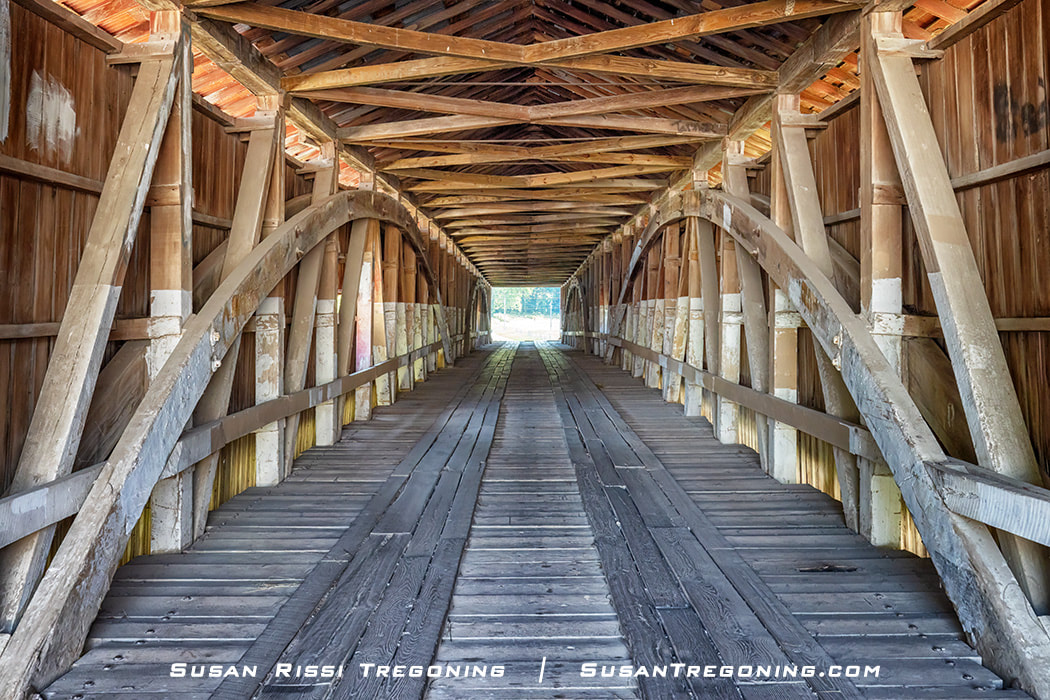











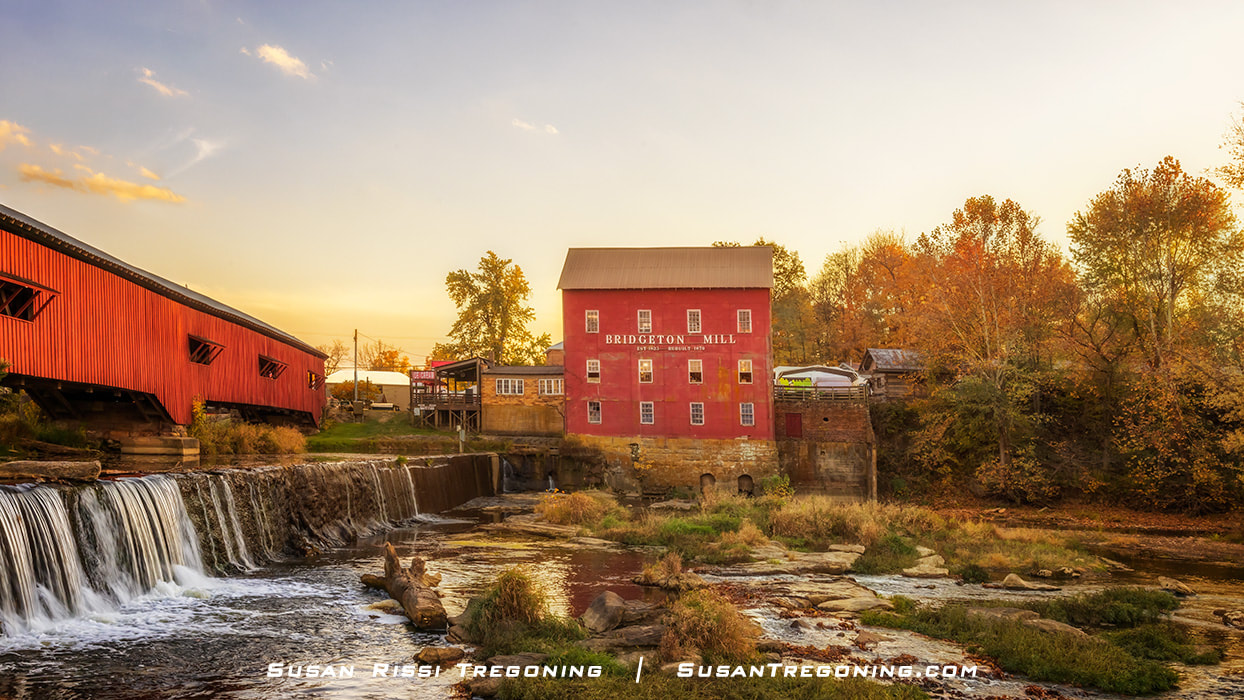

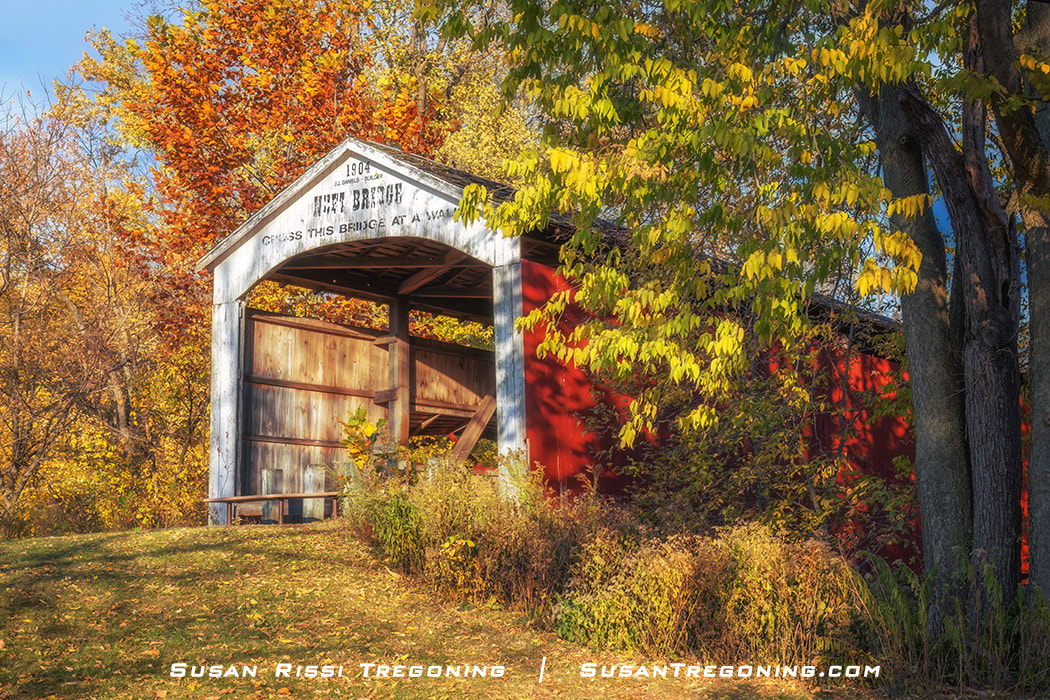
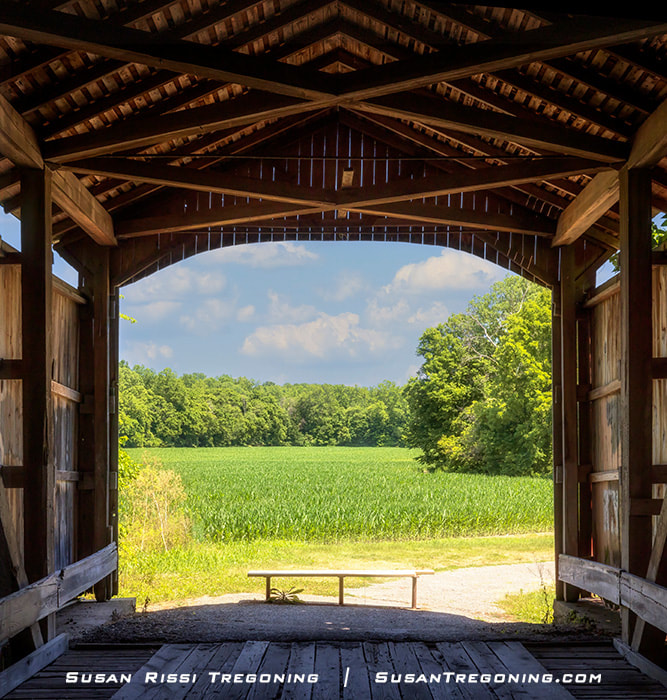
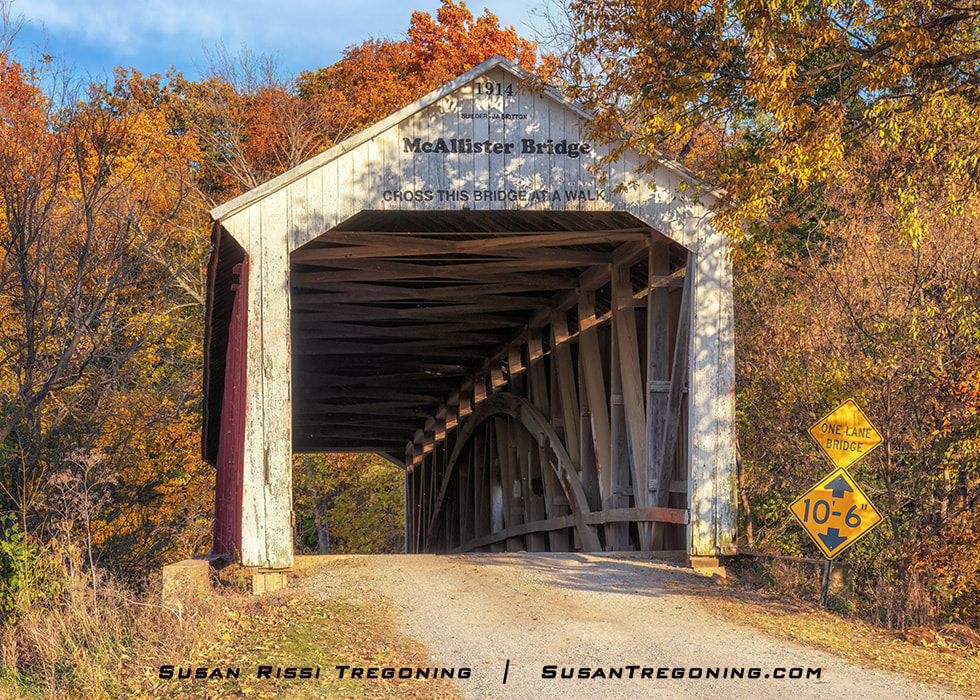


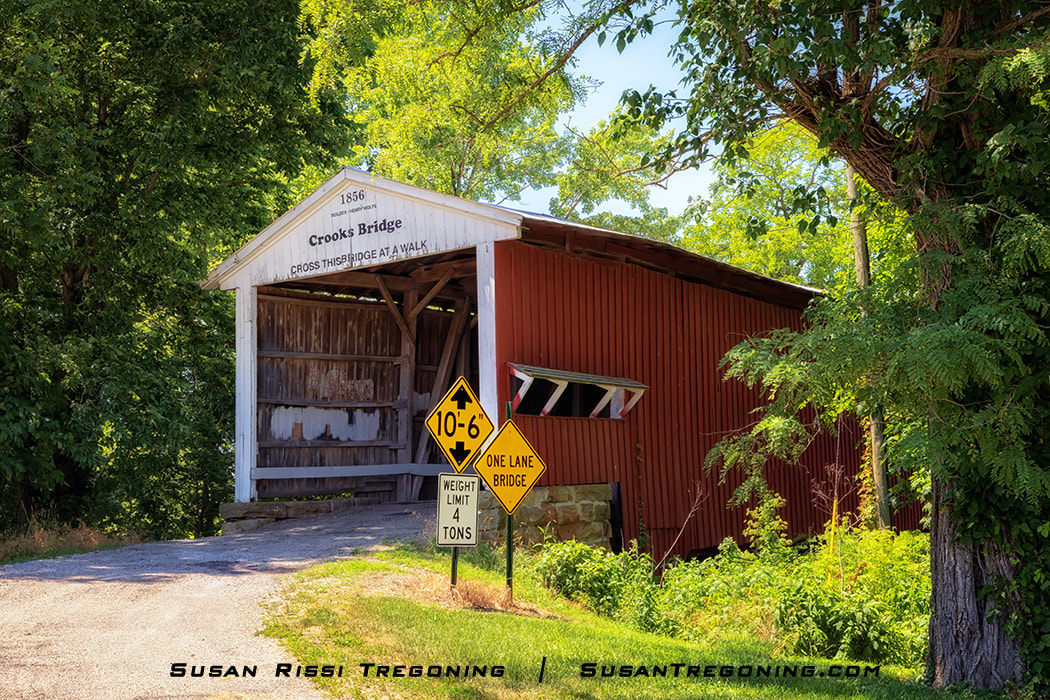
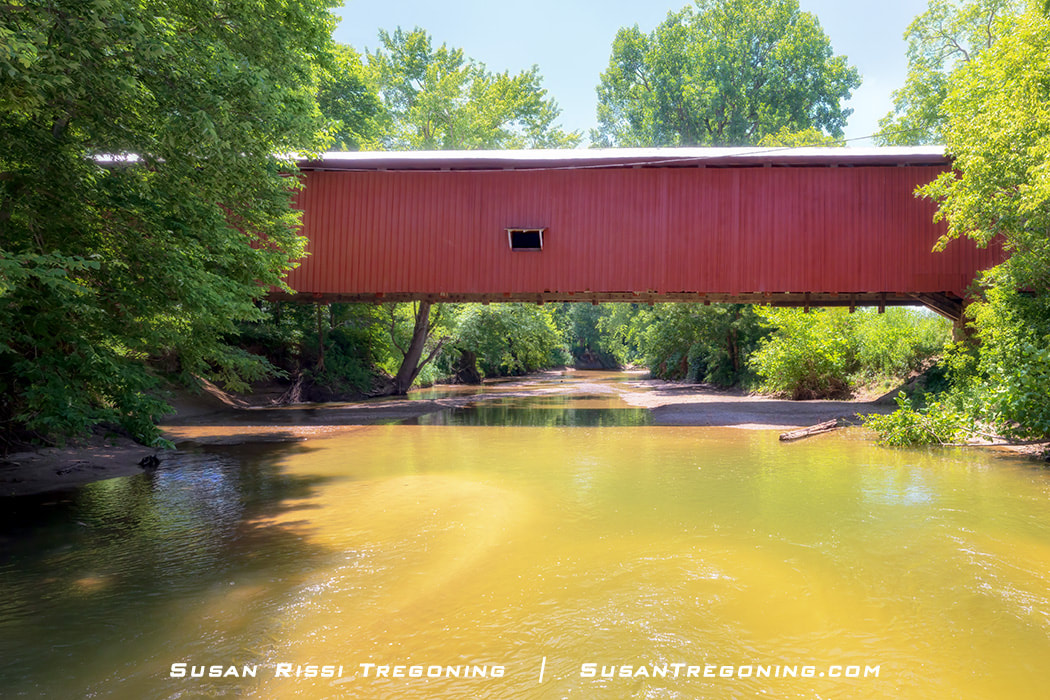

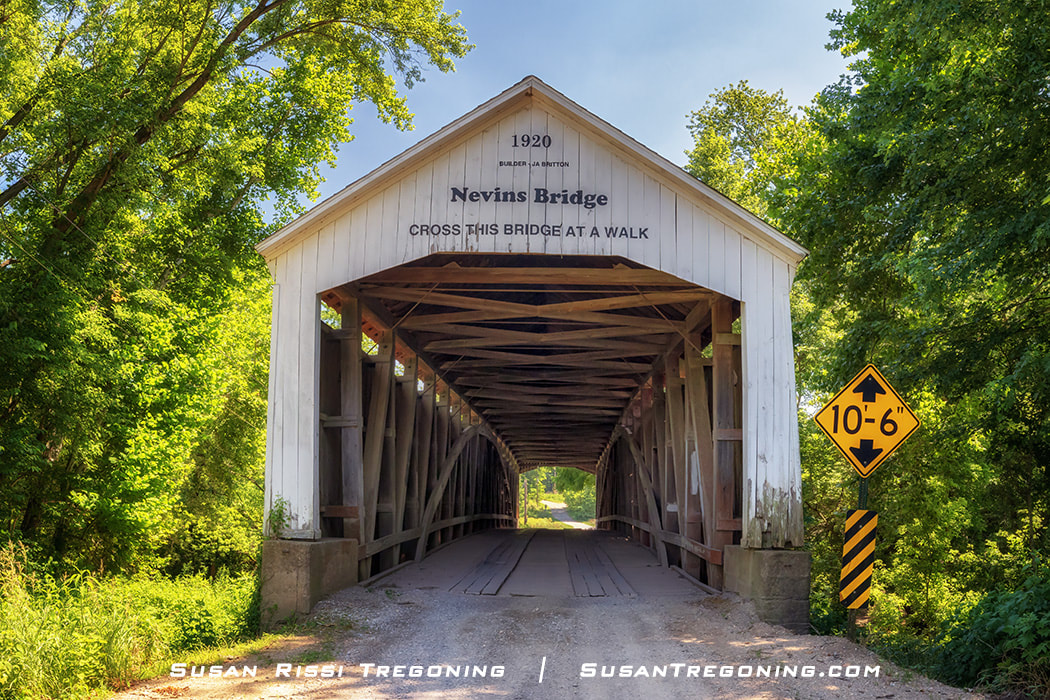


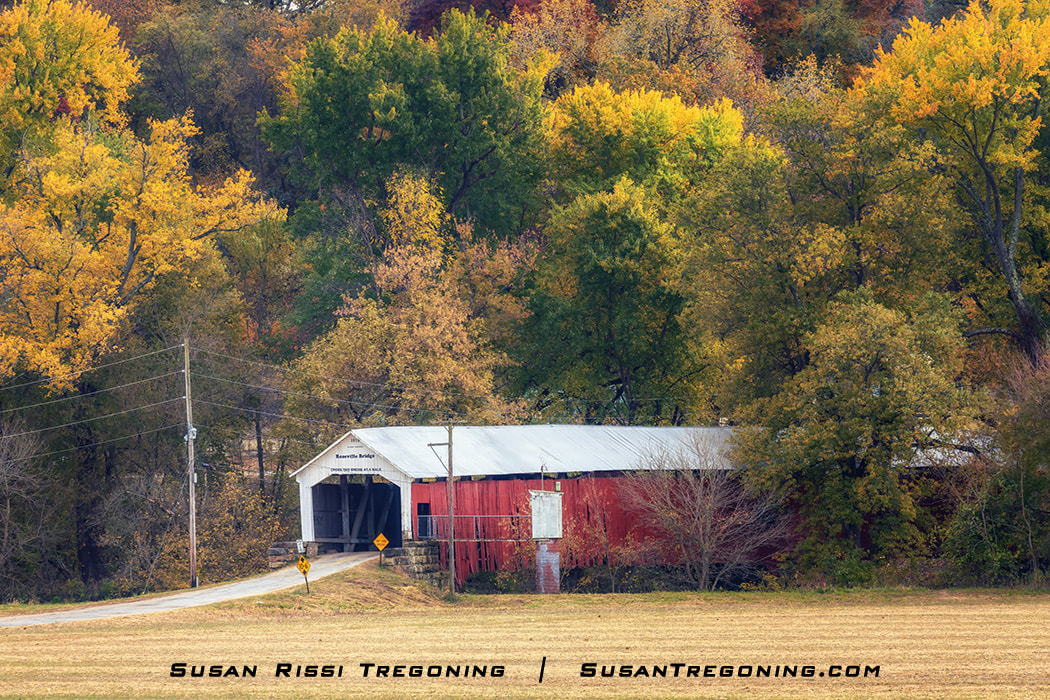



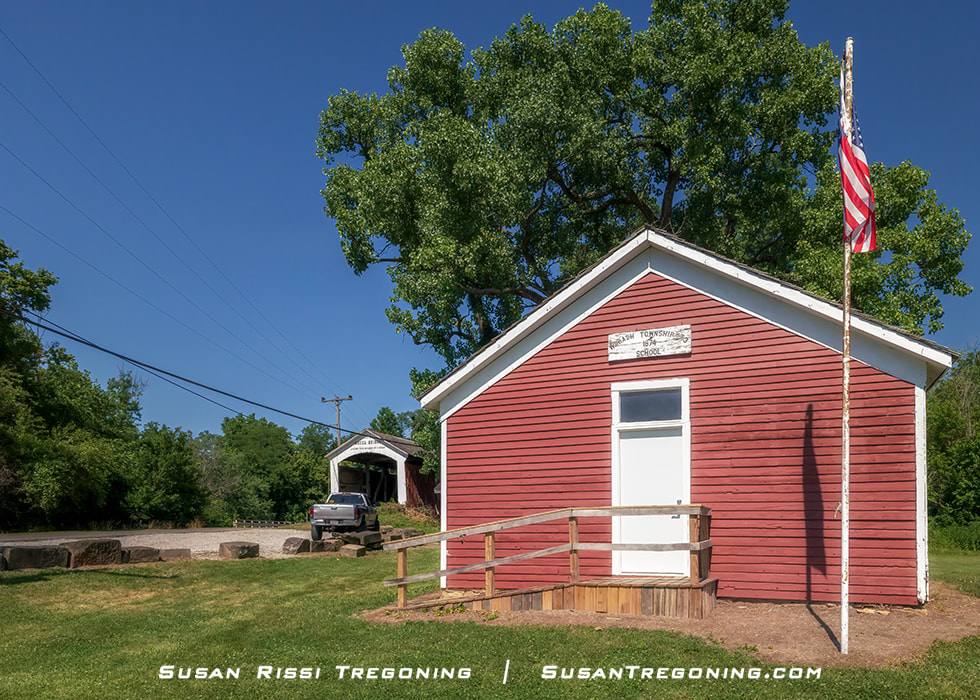



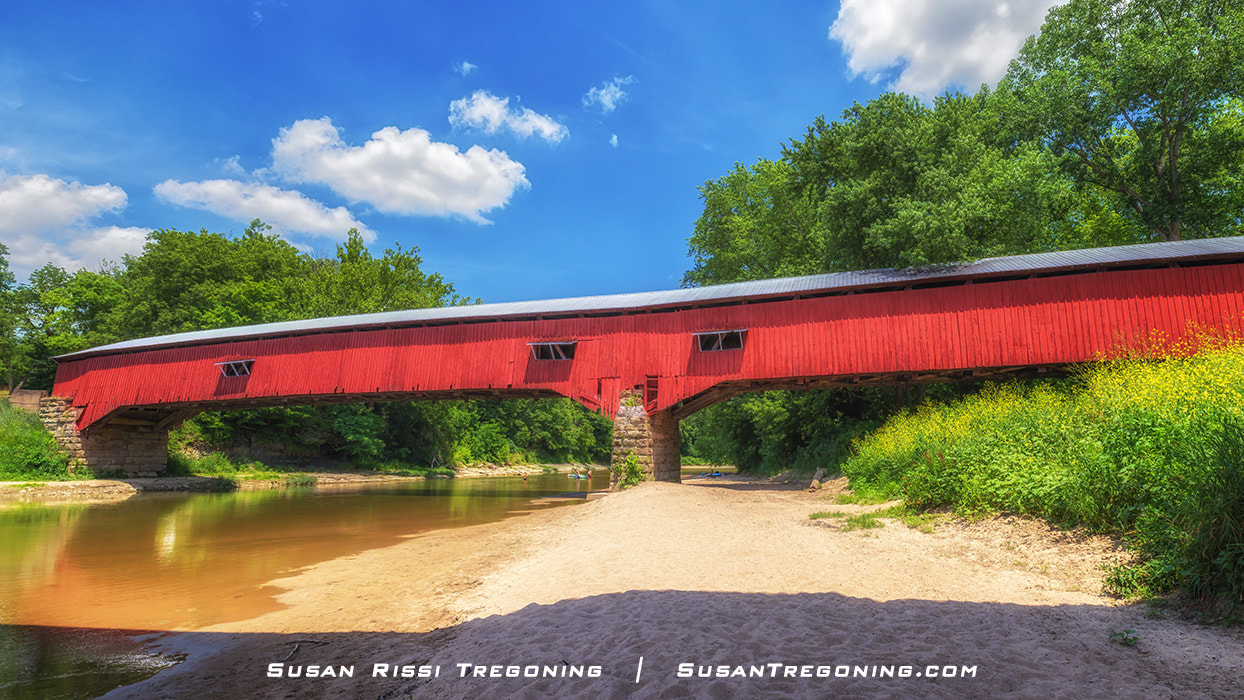












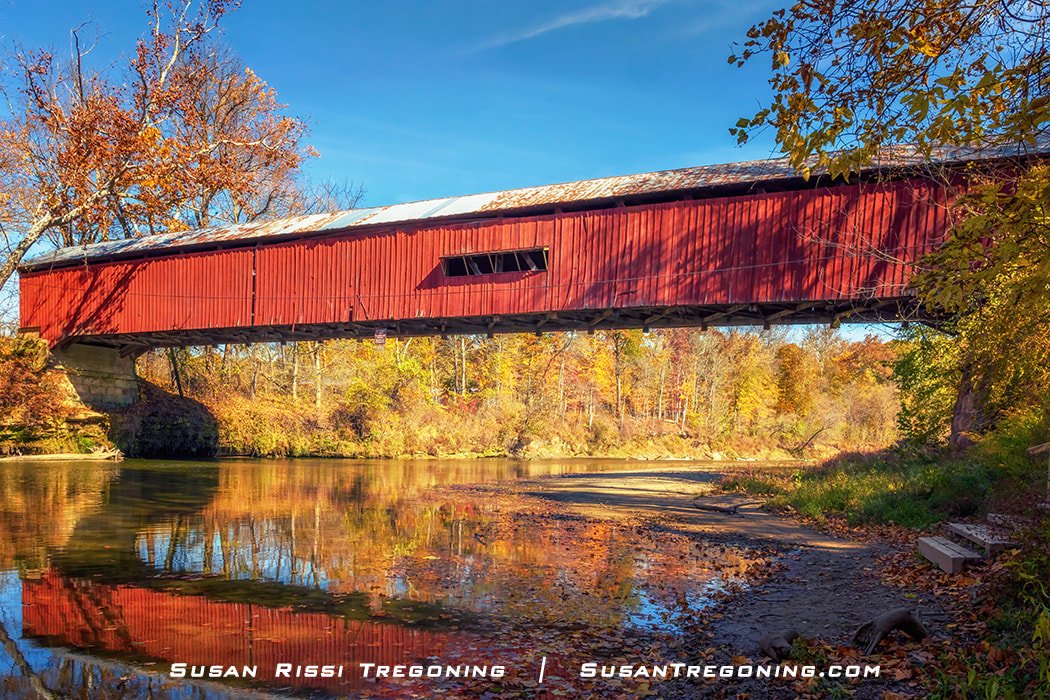




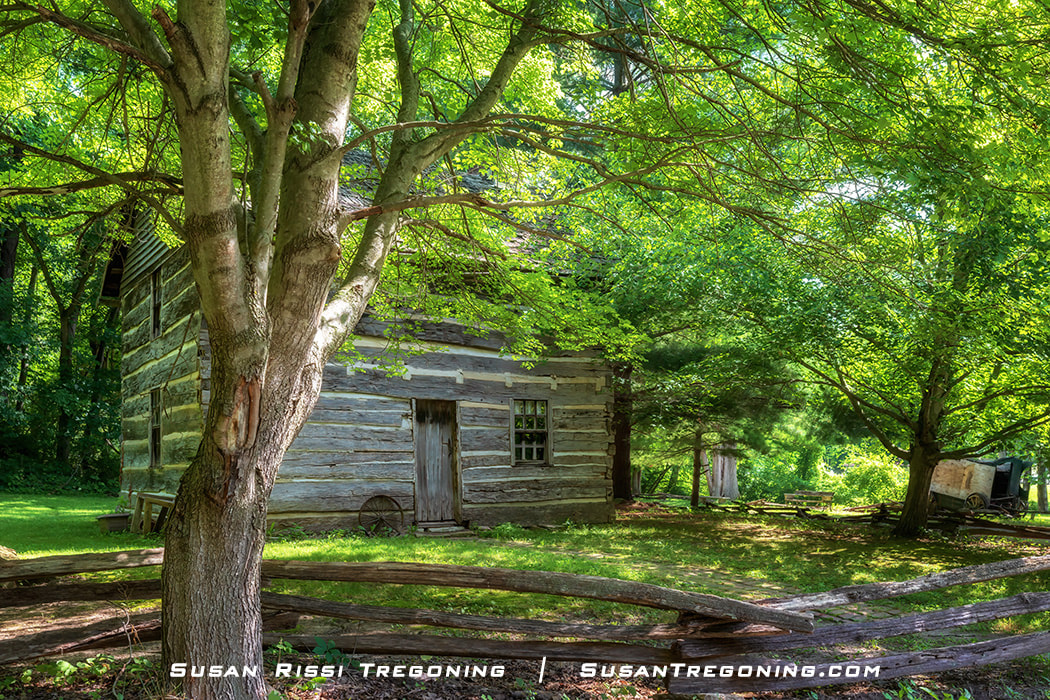
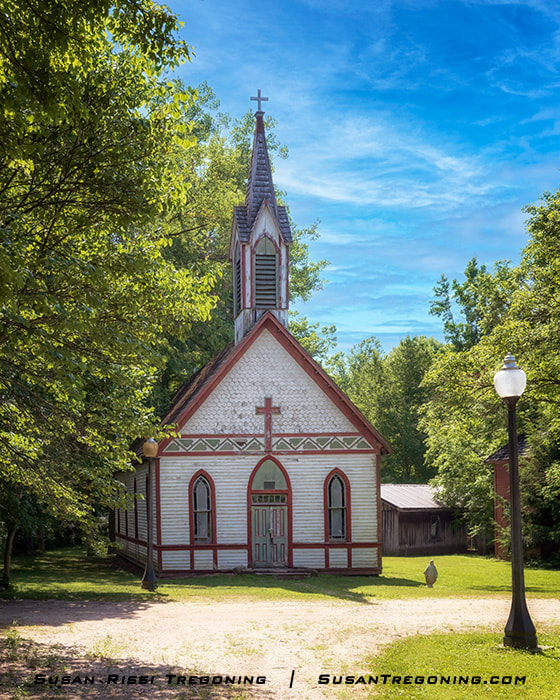





 RSS Feed
RSS Feed